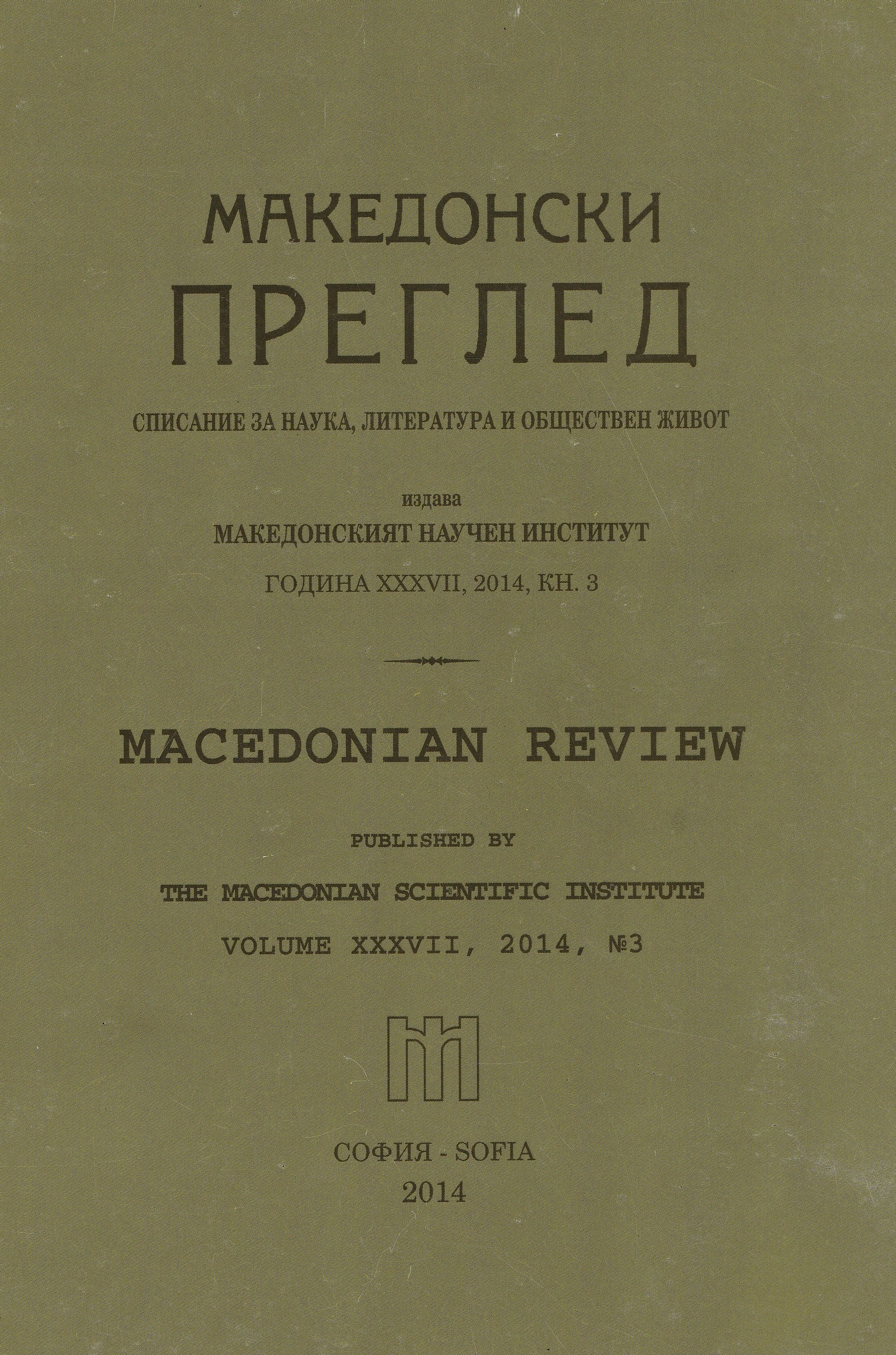
We kindly inform you that, as long as the subject affiliation of our 300.000+ articles is in progress, you might get unsufficient or no results on your third level or second level search. In this case, please broaden your search criteria.

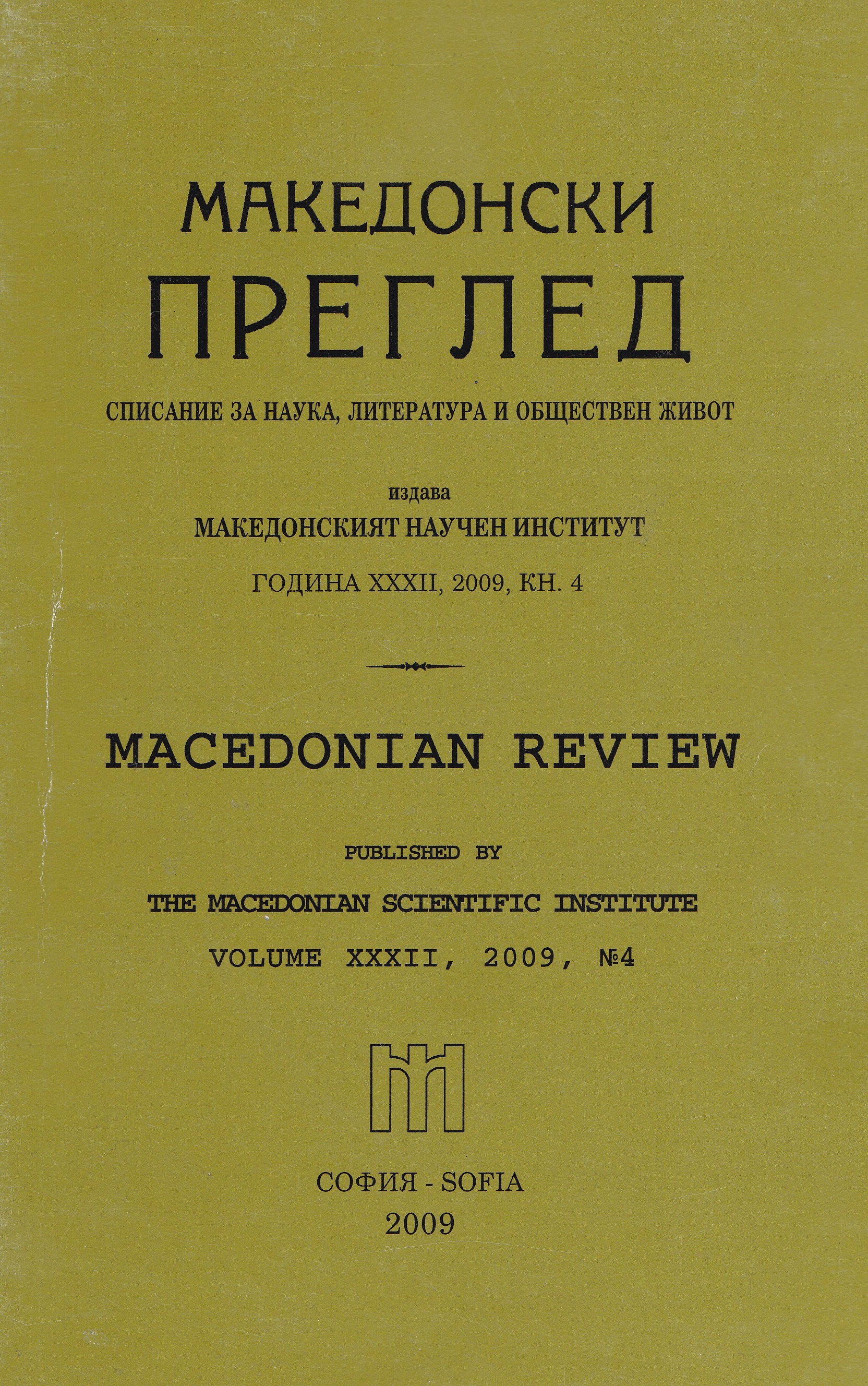
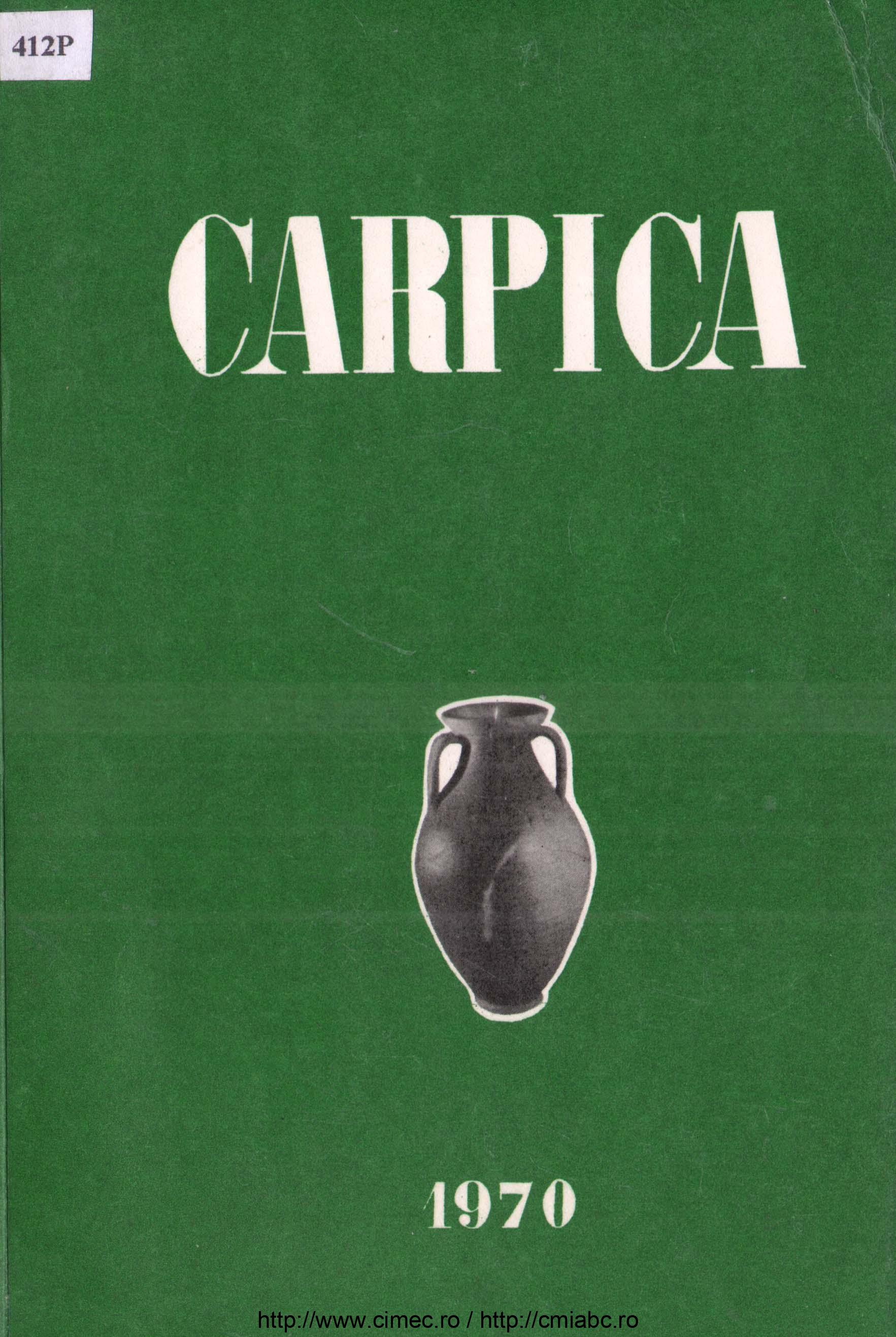
Atricolul prezintă date referitoare la populația orașului Vaslui.
More...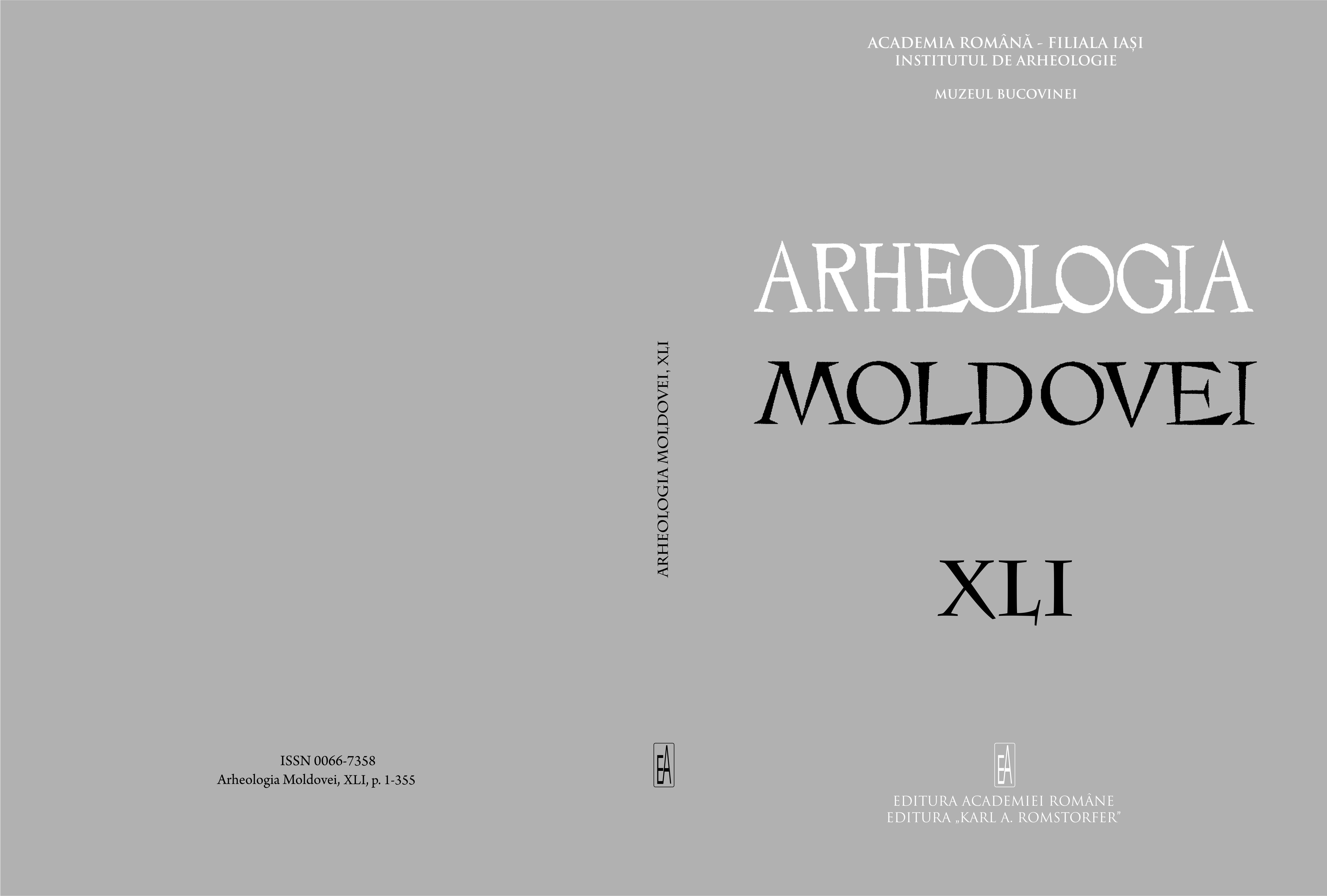
The emergence and evolution of medieval towns and cities in the central region of Moldavia has its peculiarities, which are mainly due to location, acces to resources and ease of communication. All of these may be explained either by geographical settings or by historical constraints shaped by geography and topography. The paper summarizes the main issues that can be approached from the point of view of historical geography, wiz. medievalsources (narrative and cartographical, including explanations of this process, as given by early authors) and primary utilizations of geographical data in establishing patterns of emergence and evolution of medieval Moldavian towns.
More...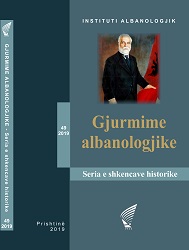
Among the ancient epigraphic monuments found from the late XIX century, during the XX century and the beginning of the XXI century in the Peja region, a large number of them belong to the votive monuments dedicated to various indigenous deities (Silvan), Roman deities (Jupiter, Mercury, Fortuna, Bonus Eventus and Genii) but also Greek (Aesculapios, Hygia, Telesporus, Heracles) and Egyptian (God Serapis and Goddes Isis). The monuments are mainly votive altars with a few exceptions such as the eagle-and God Heracles-Hercules tablets found in Peja, then the God Dionisios (Liber) tablets and their escorts found in the village of Vrellë and a base of statues of three deities found in Raushiq. Apart from the votive monuments found, it is possible that during antiquity in the Peja region there were also temples, cult places or shrines of various ancient deities: the Roman supreme god Jupiter, the deities Mercury and Aesculapius, and the Egyptian deities Serapis and Isis. In addition to the cults of deities mentioned in today's Peja region, there are also traces of ancient monotheistic beliefs, respectively Judeo-Christian and Early Christianity. Votive monuments have inscriptions with texts in Latin language, chronologically dating from the I to the end of the III century AD and they were made in a stone-masonry workshop near the site called “Gradina” in Peja within the settlement which apparently had the rank of Roman municipium.
More...
Based on the historical facts known to this day it is clear that Early Christianity in the territory of Dardania was at the point where ecclesiastical organization and structure was needed. Moreover, the need to accommodate such a group of people coming into the presence of God was clear. In addition to meeting the needs of believers as a gathering place, early medieval Christian architecture has special characteristics. The most typical buildings of this period throughout the world, as well as on the territory of Kosovo, are the basilicas. Basilicas are rectangular buildings, which are usually divided by columns in naves. The most common number of naves is three, but there are also spectacular basilicas with five, seven, or up to nine naves. This paper will analyze the basilica with three naves, with special focus on those on the territory of Kosovo. Based on current research and publications of archaeologists, a summary of this typology will be presented. This paper will include basilicas in Ulpiana, Harilaq, Studenica, Kastrc and the traces of the three-nave basilica in Pastasella. The analyzes carried out in these basilicas will serve to create a clear picture of this typology in the territory of Kosovo.
More...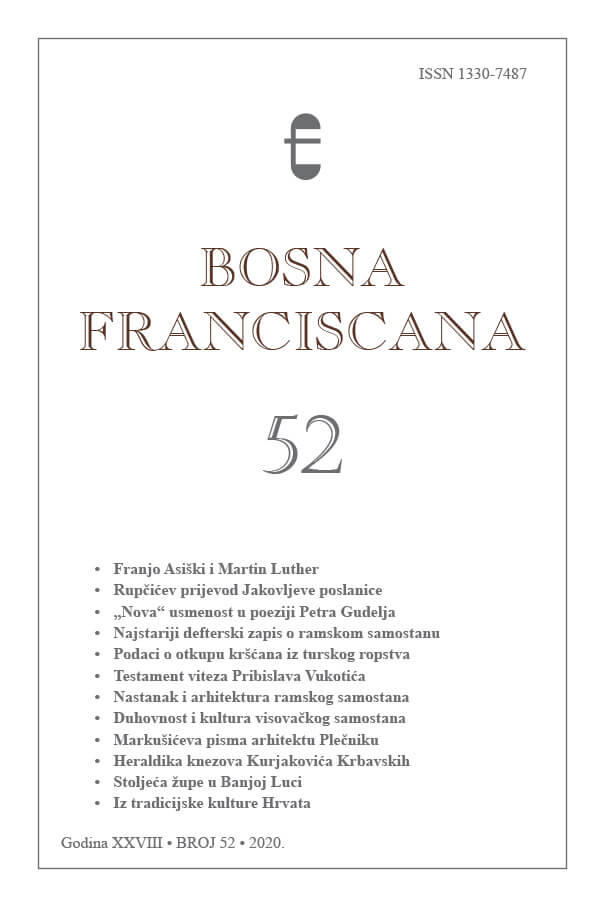
The work presents the study on development and architecture of the Franciscan residence in Rama-Sćit near the central Bosnian town of Prozor-Rama. With a rich Christian history and the first convent dating back to the pre-Turkish times, this residence is especially prominent in the dawn of Turkish rule and after the establishment of Austro-Hungarian rule in Bosnia and Herzegovina. The ensemble of the convent buildings is rich in architecture, dating from the vernacular Dinaric, through Austro-Hungarian to contemporary constructions. The church, built during the Austro-Hungarian period, although destroyed during World War II, has been revitalized and artistically decorated. What makes the complex unique is the value of landscape design, which in the natural environment is enriched by the works of prominent contemporary authors. The paper presents the emergence of a residence, the development of architecture and its valorisation, as well as the treatment of the whole complex in the context of genius loci. As research sources were used the archives of the convent, as well as the published bibliography of historical value and significance. The contribution of the work is distinguished by a comprehensive study of the architecture of the complex from its establishment to the present day and its critical evaluation in the contemporary context.
More...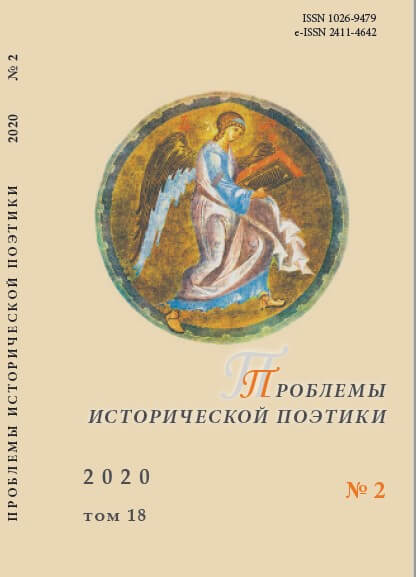
The paper attempts to substantiate the opinion of Professor I. A. Esaulov about the special “spirit” of Russia present in the urban space of the ancient provincial Yelets. The analysis uses the song lyrics of local poets of the early twentieth century, published in 1996 in the almanac Yeletskaya byl. The author comes to the conclusion that the Yelets poets in their works conveyed the unique flavor of their native land by means of contamination of the main cultural codes of the Yelets text — Yelets Orthodox, Yelets merchant, Yelets — a city of military glory. Local mythology played a major role in the formation of the Yelets text of culture. The appearance of the mother of God at Yelets to Khan Tamerlane, after which there was a miraculous escape from the ruin of Moscow and all Russia, became a “starting” event for the perception of Yelets as a sacred city under the patronage of the mother of God. The widespread use of Orthodox symbols in the song lyrics about Yelets emphasizes the predominance of the religious and spiritual component over the visual and secular landscape of the city.
More...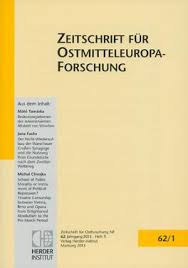
Review of: Petr Lozoviuk: Grenzland als Lebenswelt. Grenzkonstruktionen, Grenzwahrnehmungen und Grenzdiskurse in sächsisch-tschechischer Perspektive. (Schriften zur sächsischen Geschichte und Volkskunde, Bd. 41.) Leipziger Univ.-Verl. Leipzig 2012. 354 S., Ill. ISBN 978-3-86583- 632-8. (€ 49,–.). Reviewed by Martin Munke.
More...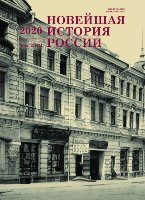
This article explores the historiography of publishing sources on the history of Petrograd Soviet of Workers’ and Red-Army Deputies during the Civil War. The publication of documents related to the history of the Petrograd Soviet began in the 1920s. The political environment of the 1930s made this inconvenient: a study of the activities of the Soviet was conducted, first of all, in the context of the defense of Petrograd from the troops of General Yudenich. The publication of materials related to the Petrosoviet was stopped, as they often featured the names of figures deleted from Stalinist historiography: G. Zinoviev, G. Evdokimov, and others. In the post-war period, historians concentrated on activities of the Petrograd Soviet and its committees in 1917, resulting in a number of large-scale publications of sources. However, this situation did not touch documents of the Petrosoviet for the Civil War years. In 2019, a collection of transcripts from 1919 was released, to some extent filling this gap. This publication is in great interest, and it receives significant attention in this article.
More...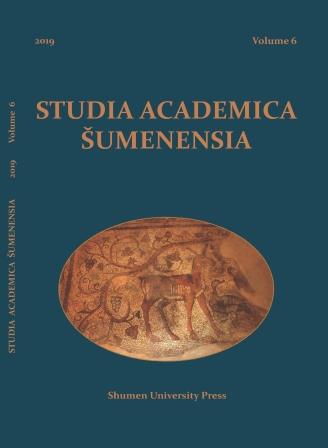
The period of 1912-1913 is one of the most tragic periods in the Modern history of Bulgaria. As a result of The First Balkan War, in a short period of time, it looks as if our nation would finally be united within the Kingdom of Bulgaria. What follows shortly after is a National tragedy, instead of a triumph. After the Second Balkan War begins the search for the former ministers who are being held responsible. In 1914 a committee is established to investigate the facts around the rout. The committee works in the course of 5 years, but the found documents weren’t brought up when it came to determining the guilt in the National Assembly.
More...
Cultural and educational work after the Second World War in northeastern Bosnia, in addition to cultural, educational and artistic societies, took place in various cultural institutions, where cultural centers and public universities stand out. The houses of culture, in cooperation with societies, universities and various cultural and educational sections, organized events, lectures and various cultural and educational contents. Their importance was especially pronounced in the smaller rural areas of northeastern Bosnia, where they were the center of cultural and educational work. People's universities, as cultural and educational institutions, were supposed to nurture scientific and lecturing work, and to politically enlighten the population of urban and rural areas of northeastern Bosnia through various lectures. In essence, public universities were public schools in which ideologically appropriate lectures with various topics were mostly held and they played a significant role in the creation of a socialist society. Therefore, the aim of this paper is to point out the role and importance of the establishment of these cultural and educational institutions in northeastern Bosnia, and their overall contribution to the cultural and educational awareness of the population of northeastern Bosnia.
More...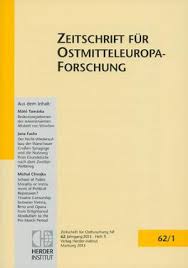
Review of: Anna Walentynowicz: Solidarność – eine persönliche Geschichte. Hrsg. und bearb. von Tytus Jaskułowski . (Berichte und Studien. Hannah-Arendt-Institut für Totalitarismusforschung, Bd. 62.) V&R Unipress. Göttingen 2012. 209 S., 29 s/w-Ill. ISBN 978-3- 89971-980-2. (€ 19,90.). Reviewed by Katarzyna Śliwińska.
More...
On May 12, 1919, the Royal Hungarian University of Cluj together with its Library was taken over by the representatives of the Romanian government in order to be transformed into a Romanian scientific and cultural institution. The old Library of the Royal Hungarian University of Cluj had been in use since 1872. Its establishment had been a process of gradual accumulation of collections, obtained through donations, from the Library of the “Transylvanian Museum”, the Library of the former Law Academy in Cluj, the University Library of Budapest and a few others. At first, the Library of the Hungarian University functioned in various spaces, moving to the new building of the University only in the autumn of 1895. The construction of the actual building of the University Library began in July 1906, and its festive inauguration took place on May 19, 1909. The Great War (1914-1918) disrupted the activity of the Library. Most of the scientific and administrative staff was sent to war. The union of Transylvania with Romania, on December 1, 1918, was followed by the gradual takeover of all the institutions in Cluj, including the University and the University Library. On May 12, 1919, Vasile Bichigean, a high school teacher from Năsăud, presented himself at the University Library with the Order of the Directing Council, No. 4336/1919, signed by Valeriu Braniște and Onisifor Ghibu. Bichigean asked the Library staff to immediately hand over the institution to the Romanian State. The director of the Library, Gyalui Farkas, and some of the Hungarian staff, who swore allegiance to the Romanian State, remained in office. In 1920, Eugen Pavel Barbul became the director of the Library. He contributed to the enrichment of the institution’s patrimony, hired Romanian librarians and reorganized the activities for the readers. The Popular Library was installed in the building of the University Library. The destiny of the University Library after 1919 shared the fate of the University: it faced financial and material difficulties, but it also experienced some important development. Due to the efforts to acquire volumes and periodical publications, either by purchase or through donations, the University Library became very rich in the interwar period, being on a par with the great university libraries in the country and in the world.
More...
Science developed in Romania in the second half of the 19th century and at the beginning of the 20th century. By “science” we mean the physical and natural sciences, such as physics, chemistry, geology or biology, although they have not always had the form and content they have today. With the inauguration of the Universities of Iași and Bucharest, the development of science in the Romanian Kingdom was put on a solid footing. Both Universities had Faculties of Sciences, although initially they were not autonomous, but shared the same framework with the studies of philosophy. In Iași, the scientific courses were initially integrated within the Faculty of Philosophy, together with the studies of “letters” and “theology”, according to the model practiced at the time in Germany. Within the University of Bucharest, the Faculty of Sciences went through the same process of diversification and specialization of departments. At the beginning of the 20th century, the research institutes and laboratories were affiliated with the faculties of science and the medical universities. Therefore, at the beginning of the 20th century, the level of Romanian science was considered satisfactory, while the Romanian scientists proved to be very receptive to the evolution of universal sciences.
More...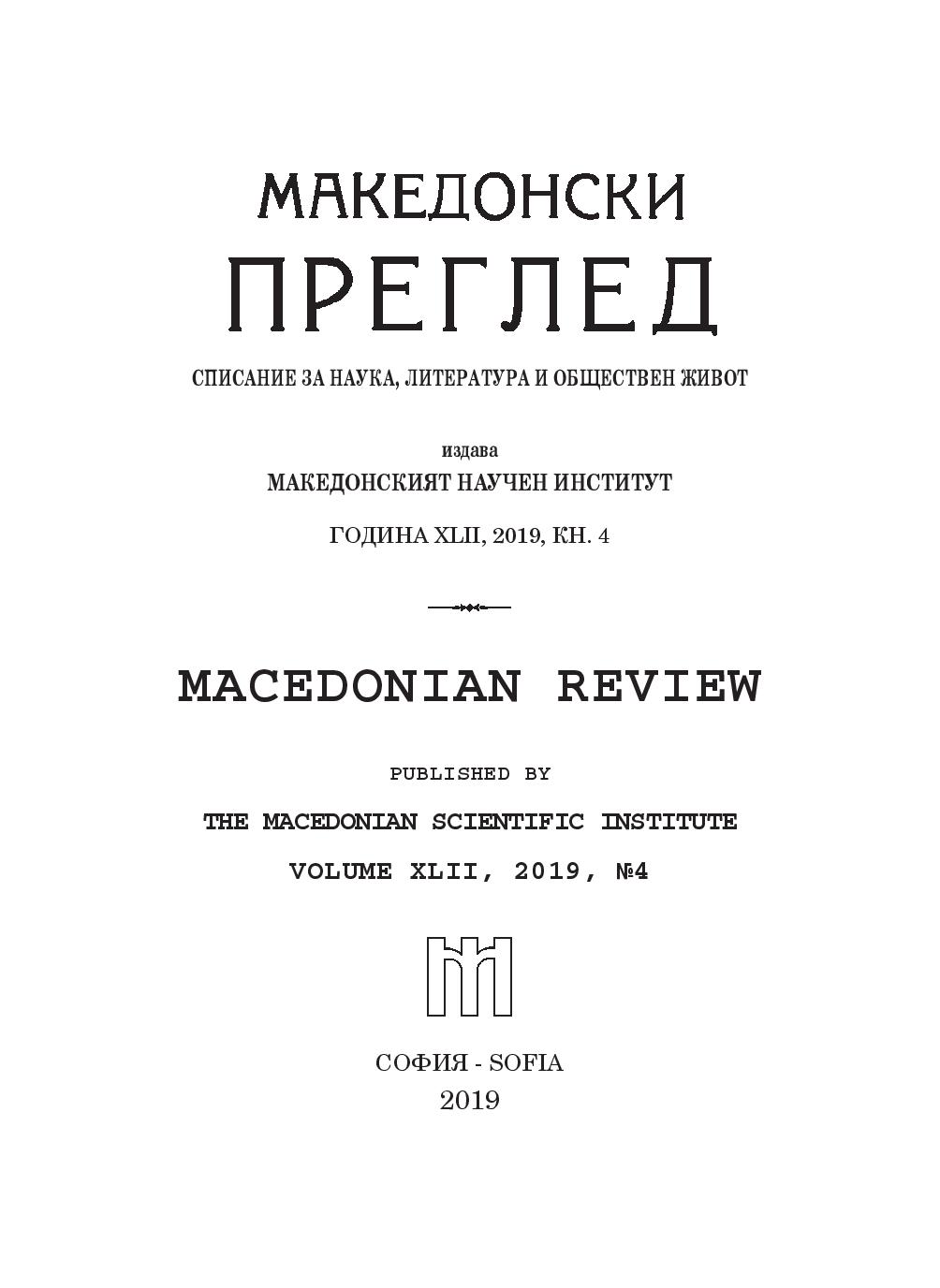
The purpose of this article is to argue the need for an annex to the Treaty of Friendship, Good Neighborliness and Cooperation between the Republic of Bulgaria and the Republic of (North) Macedonia. Its adoption has become necessary after the conclusion of the Prespa Agreement between our southwestern neighbor and the Hellenic Republic, as a result of which new challenges have arisen for the Bulgarian state (some of which were skillfully transferred to Sofia by Athens). The most complex problems are related to the new name of the Macedonian state, to the recognition by the Greeks of the so-called Macedonian language, as well as to the theft of the declared common history. The need for unity of action in relation to Macedonia by all responsible factors in Bulgarian politics is a good start to the complex process of solving these problems.
More...
The publication presents the statutes of two Macedonian refugee formations adopted in 1920 – 1921: the Union of Macedonian Fraternities in Bulgaria and the Macedonian Federal Emigrant Organization. They give an idea of the goals, means, structures and principles of management. The analytical part, which precedes the two documents, presents the vision of the Macedonian Bulgarians after the Great War for the status of Macedonia. A comparative analysis of their actions shows that the split in the ranks of refugee organizations was the result of personal differences rather than serious ideological differences in the struggle for the liberation of the area.
More...
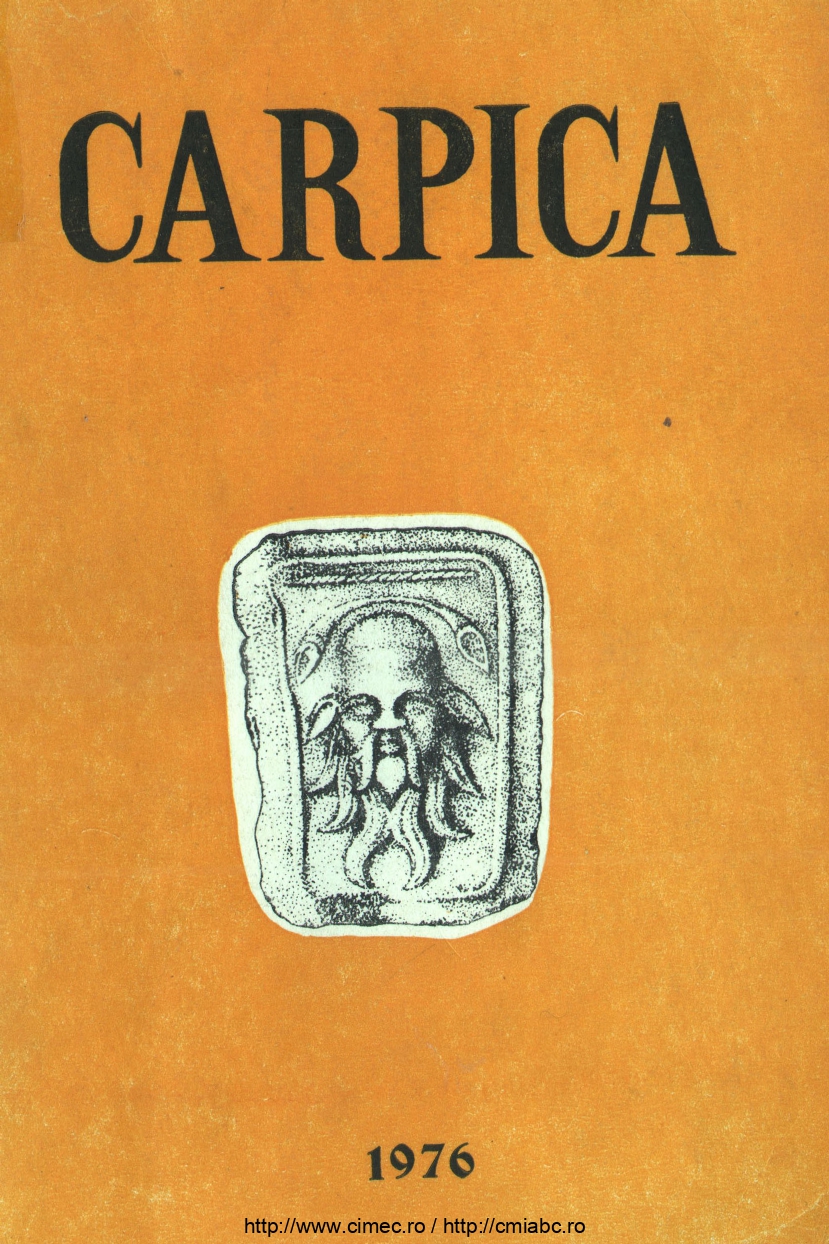
Articolul prezintă date referitoare la apicultura din Moldova în perioada secolelor al XIV-lea - al XVIII-lea.
More...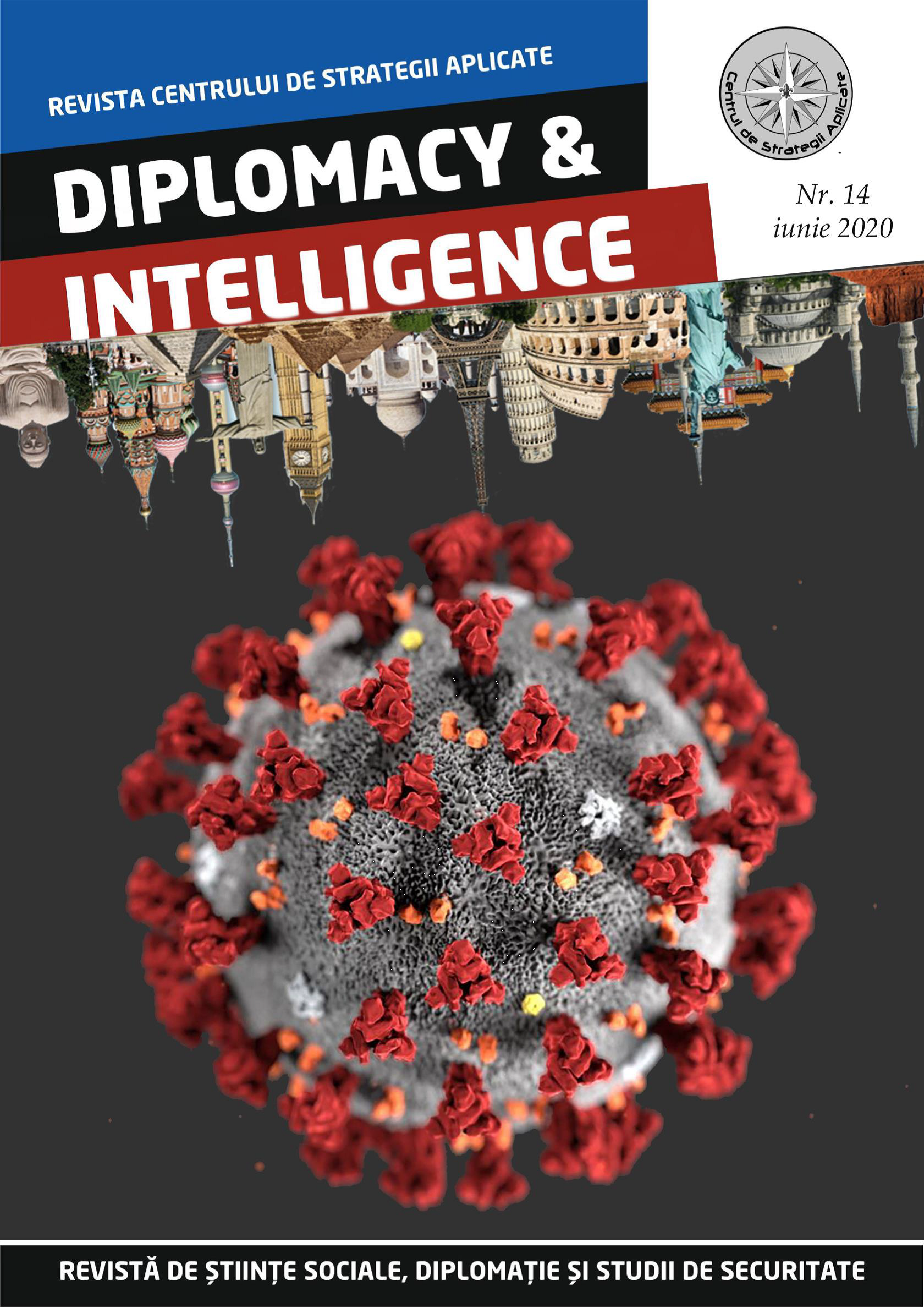
A material that aims, synthetically, to highlight the causes that led to the creation of the Collective Security Treaty Organization, as well as its evolution during the period when the Russian Federation began to impose, aggressively, its geopolitical strategies, especially as it became more and more aware of the threats posed by NATO enlargement to Eastern Europe. It is an attempt to reveal, as briefly as possible, the interest shown by the Russian Federation for the development and implementation of a military security policy appropriate to its strategic goals.
More...